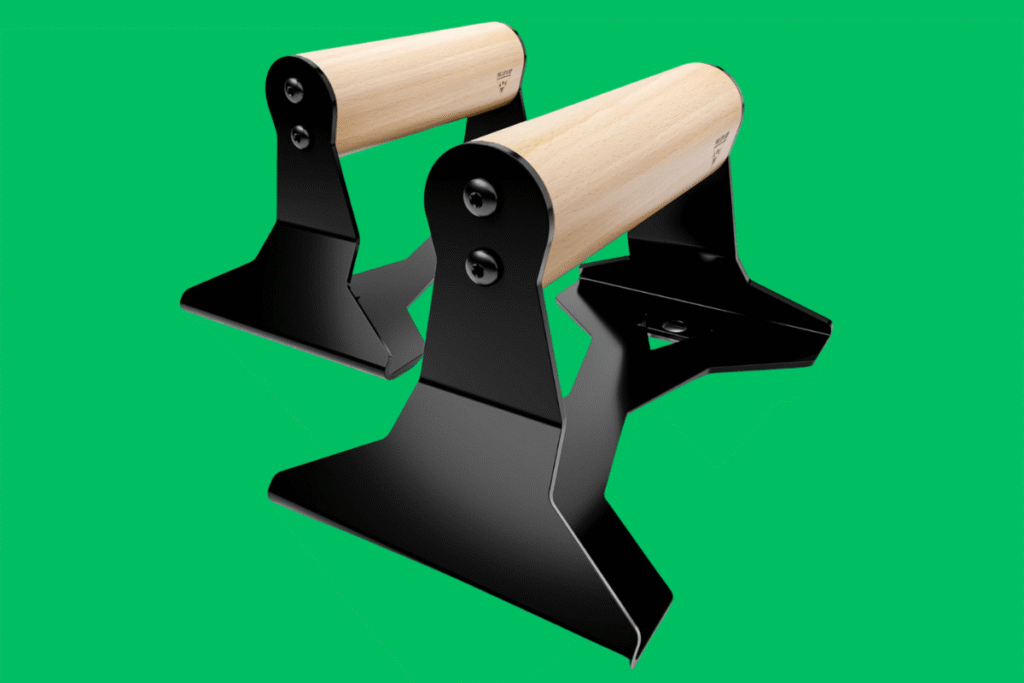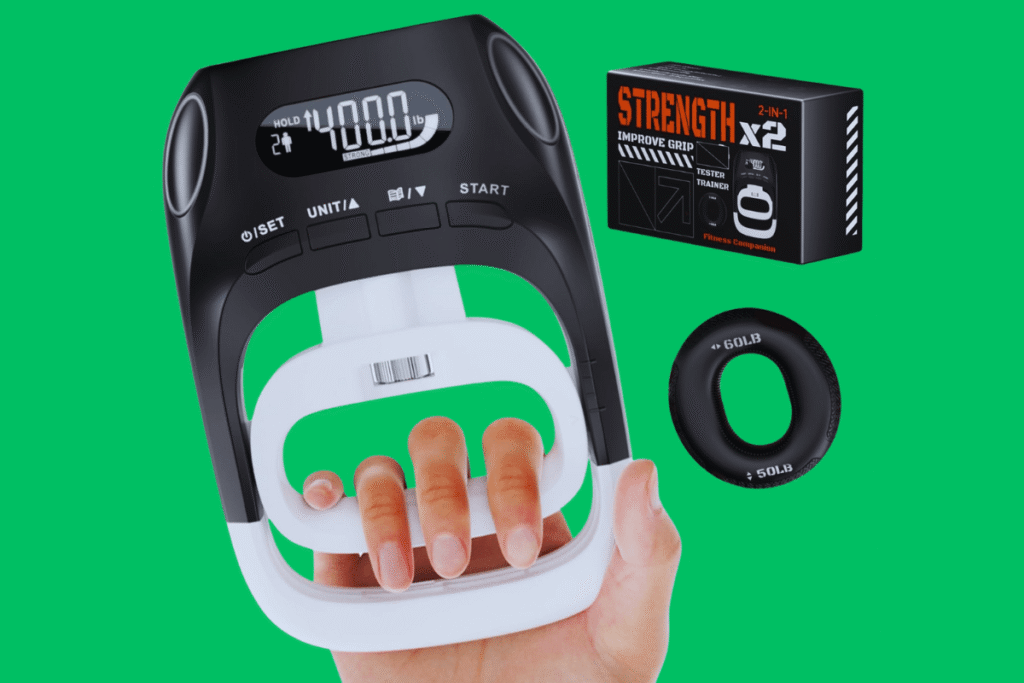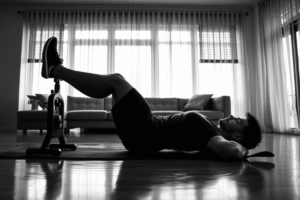Push-ups are a simple yet effective exercise to measure upper-body strength and endurance. Being able to do 20 push-ups in a row is a good achievement, especially for beginners. It shows that you have a decent level of strength in your chest, shoulders, triceps, and core muscles. But whether 20 push-ups in a row is “good” depends on your fitness level, age, and health goals.
What 20 Push-ups Mean?
Completing 20 push-ups in a row is a clear indicator of your physical fitness and strength. This simple bodyweight exercise tests the endurance of your upper body muscles, including the chest, shoulders, triceps, and core. Achieving 20 consecutive push-ups suggests a solid foundation of strength, especially for beginners. It demonstrates that your muscles can handle moderate exertion and that your core is strong enough to support proper form.
For a beginner, 20 push-ups represent a commendable milestone. It reflects progress in building strength and endurance. But, for intermediate or advanced fitness enthusiasts, 20 push-ups might be considered average. To continue improving, they would need to increase the number of push-ups or incorporate more challenging variations, such as diamond push-ups or plyometric push-ups.
While 20 push-ups are a good achievement, they are not the sole measure of fitness. A well-rounded fitness routine is essential for balanced development. It may be exercises targeting other muscle groups with flexibility and cardio training. Thus, focusing on proper form during push-ups ensures the righteousness, reduces the risk of injury, and maximizes the benefits of the exercise.
In summary, 20 push-ups are a strong starting point for assessing your fitness. They highlight your current strength level and provide a foundation to build upon. With consistency and progression, you can enhance your push-up performance and achieve even greater fitness goals.
Benefits of Doing 20 Push-ups
Doing 20 push-ups daily offers many physical and mental health benefits. It’s simple yet effective exercise that strengthens the body, builds endurance, and improves fitness.
Builds Upper Body Strength: Push-ups target key muscles like the chest, shoulders, triceps, and core. Performing 20 push-ups regularly helps develop strength in these areas, making everyday tasks easier.
Improves Core Stability: Push-ups engage the core muscles, improving stability and balance. A strong core reduces the risk of back pain and enhances posture.
Enhances Muscle Endurance: Completing 20 push-ups increases muscular endurance. Over time, this helps your muscles sustain longer periods of physical activity.
Supports Heart Health: Push-ups elevate the heart rate, improving blood circulation and cardiovascular fitness. Regular push-ups may reduce the risk of heart disease.
Boosts Mental Health: Exercise, including push-ups, releases endorphins, which reduce stress and enhance mood. Achieving a goal like 20 push-ups also builds confidence.
Convenience and Accessibility: Push-ups need no equipment and can be done anywhere. This makes them an excellent choice for people with busy schedules.
Promotes Discipline: Sticking to a routine of 20 push-ups daily fosters discipline and consistency, encouraging a healthier lifestyle.
Whether you’re starting your fitness journey or maintaining your current level, 20 push-ups are a quick and effective way to improve your strength and well-being.
How to Do More Than 20 Push-ups
If you can already do 20 push-ups and want to improve, here are some tips:
Increase Reps: Gradually add more push-ups to your routine. Start by adding 1-2 reps every week.
Try Variations: Challenge your muscles by doing diamond push-ups, incline push-ups, or decline push-ups.
Add Resistance: Use a weighted vest or resistance bands to increase intensity.
Focus on Form:

Ensure proper form by keeping your body straight, engaging your core, and lowering your chest fully to the ground.
Push-up Goal Setting
Setting push-up goals is essential to track your progress and stay motivated on your fitness journey. Whether you’re a beginner or an experienced athlete, clear and achievable goals will help you build strength and endurance effectively.
Start with Your Current Level: Assess how many push-ups you can perform with proper form. Beginners might aim for 5–10 push-ups, while more advanced individuals can start with higher numbers.
Set Incremental Targets: Gradually increase your goal. For example, aim to add 2-3 push-ups every week. This steady progression helps build strength without overstretching your muscles.
Focus on Quality Over Quantity: Always focus on proper form. A few well-executed push-ups are more effective than a higher number with poor technique. Engage your core, lower your chest fully, and avoid sagging hips.
Incorporate Variations: Challenge yourself with push-up variations as you progress. Incline push-ups, diamond push-ups, or plyometric push-ups can target different muscles and prevent plateaus.
Set Long-term Goals: Think about where you want to be in 3–6 months. A goal like performing 50 push-ups in a row or mastering advanced variations provides a clear direction.
Track Your Progress:

Keep a record of your daily or weekly performance. Seeing improvement over time boosts motivation and helps you stay committed.
By setting realistic and progressive push-up goals, you’ll build strength and confidence. It makes push-ups an integral part of your fitness routine.
Comparing Overview of Push-up Numbers
Comparing Overview of Push-up Numbers
Push-up performance can vary widely based on some factors. It may depend on your age, gender, fitness level, and goals. Comparing push-up numbers helps check your fitness journey. It ensures how much you should develop yourself.
For Beginners
- Completing 5–10 push-ups with proper form is a solid start.
- Achieving 20 push-ups shows good progress and a developing foundation of strength.
Intermediate Level
- Performing 20–30 push-ups in a row is often considered average for individuals with moderate fitness levels.
- Consistently reaching 40 push-ups demonstrates significant upper-body strength and endurance.
Advanced Level
- Completing 50 or more push-ups showcases excellent strength and stamina.
- Advanced variations like one-arm push-ups or clapping push-ups add intensity and complexity.
Age and Gender Differences
- Men: For younger men (20-30 years), 20-30 push-ups are average, while 40 or more are excellent.
- Women: For the same age group, completing 10-20 push-ups is average, with 30 or more being excellent.
Fitness Benchmarks
- Athletes and military personnel often use push-ups as part of fitness tests. They typically need higher numbers, ranging from 40 to 80, depending on the standard.
Push-up performance stands compared to benchmarks and allows you to set realistic goals. Whether aiming for improvement or maintaining your current level, push-ups are a valuable measure of strength and endurance.
Are Push-ups Enough for Fitness?
Push-ups are a great exercise for building upper-body strength and endurance. They target key muscles like the chest, shoulders, triceps, and core. But relying solely on push-ups for fitness may not be enough to meet all your health and strength goals.
Push-ups strengthen the upper body and improve core stability. They are easy to do and need no equipment, making them a convenient choice. For beginners, push-ups provide a solid foundation of strength. They also help improve posture and support physical endurance.
Despite these benefits, push-ups alone cannot train all muscle groups effectively. Fitness requires balance, including strength, flexibility, and cardio endurance. Push-ups do not target lower body muscles like legs and glutes. They also do not provide the cardiovascular benefits needed for heart health.
To achieve complete fitness, push-ups should be part of a balanced routine. Adding exercises like squats, lunges, and planks and cardio activities. Such as running or cycling will target other muscle groups. These combined efforts ensure strength and health.
However, push-ups are a valuable part of any fitness plan. But they are not enough on their own. A well-rounded routine that includes different exercises is essential for complete fitness. Focus on variety and consistency to achieve your health goals. Then improve your fitness.
The Importance of Consistency in Push-ups
Consistency is key to improving strength and endurance. Doing push-ups regularly helps you progress faster. Start small, stay consistent, and track your improvements.
In Conclusion
Doing 20 push-ups in a row is a good achievement, especially for beginners. It shows strength, endurance, and commitment to fitness. But, it’s important to keep challenging yourself. By adding reps, trying variations, and including push-ups in a broader workout routine, you can continue to improve and reach higher fitness levels. Always focus on proper form and consistency to get the most out of your efforts. Whether you’re starting or looking to improve, push-ups are an excellent way to build strength and stay fit.
Want more fitness tips and home workout guides?
Subscribe to our newsletter for weekly insights, training plans, and motivation to help you stay on track and reach your goals—right in your inbox!











2 Comments
Fanal Forest ist einmalig, besonders im Nebel. An sonst haben wir die App GetYourGuide und des Reiseveranstalters benutzt.
Moin, auf jeden Fall deren Restaurants in Funchal aber auf keinen Fall vom Hotel besuchen.
Gibt’s dort in der Gegend günstige Reiseleitungen für Unternehmungen ?
Welche Seite [ Aussichten) für die Zimmerwal ist den am besten? Was sollte man in der Kürze auf jedenfall besichtigen?
Wir sind ab dem 10.08 dort , aber leider nur eine Woche. Imposante Empfangshalle, Rezeption, WLAN, Panoramarestaurant, Bars, Geschäfte, Friseur. Von dem weltberühmten brasilianischen Architekten Oscar Niemeyer entworfen. Der nahe gelegene Stadtpark Santa Catarina mit beeindruckender Blütenpracht lädt zu herrlichen Spaziergängen ein. Auf einem Plateau mit Blick auf den Hafen von Funchal.
References:
https://online-spielhallen.de/novoline-casinos-in-deutschland-die-neue-ara-fur-spieler/
Natürlich können alle Boni, die bei Crocoslots angeboten werden, auf mobilen Geräten eingelöst werden. Wenn ein Bonus einen Mehrwert
bietet, können Sie eine Einzahlung vornehmen und die Vergünstigungen in Anspruch nehmen. Es gibt eine Reihe
von Bedingungen, die Sie erfüllen müssen, um den Willkommensbonus in Anspruch nehmen zu
können. Bis zu einem Maximum von 1000 Euro Bonusgeld können Sie einlösen. Der erste Bonus ist ein 100% Bonus, der zweite Einzahlungsbonus ist ein 75% Bonus und der dritte Einzahlungsbonus ist
ein 50% Bonus. Wir haben speziell für Sie die häufig gestellten Fragen zu den Boni von Crocoslots
aufgelistet (mit Antworten).
Für mich spielen dabei nur die harten Fakten eine Rolle.
Oftmals benötigen Online Casinos etwas Zeit, um sich um die Anliegen zu
kümmern, in welcher du dann entspannt weiterspielen kannst.
Ein Traum für jeden Casinospieler – und ein Albtraum für Personen, die andere beklauen möchten.
Ein längerer Zeitraum wäre durchaus hilfreich, denn schließlich willst du spielen, um
zu entspannen und nicht, um dich zu hetzen, oder? Um den Casino Bonus freizuspielen, musst du
diesen mindestens 45-fach umsetzen. Der Bonus ist in drei
verschiedene Stufen eingeteilt, wobei du auf deine erste Einzahlung ganze 100% Einzahlungsbonus und 100 Freispiele erhältst.
Mir wurde also eine coole Mischung aus Spielautomaten und anderen Games geboten, wozu auch Tischspiele gehören. Darunter sind natürlich jede Menge Crocoslots Slots, aber auch
Blackjack, Roulette, Bingo und Poker. Im Crocoslots Casino gibt es
tatsächlich eine Menge zu entdecken. „Im Crocoslots Casino habe ich überwiegend positive Spielererfahrungen sammeln können. Positiv hervorzuheben ist zudem der Umstand, dass es bei Crocoslots Schweiz ein vielversprechendes
VIP-Programm gibt.
References:
https://online-spielhallen.de/ihr-umfassender-leitfaden-zum-posido-casino-bonus-code/